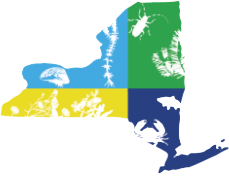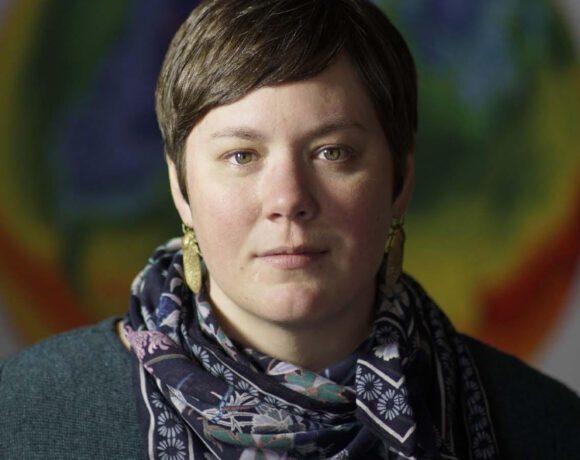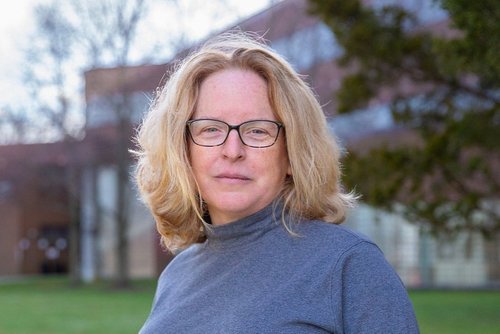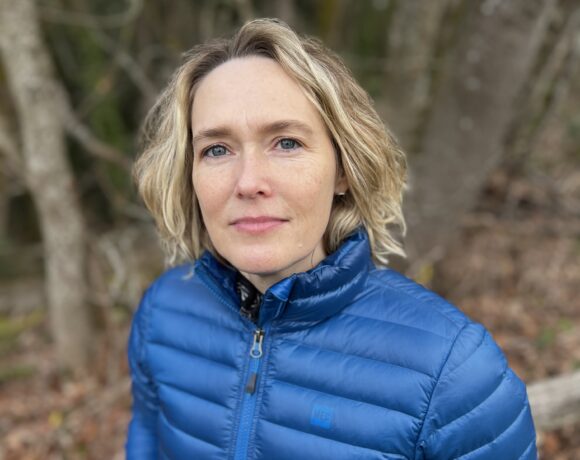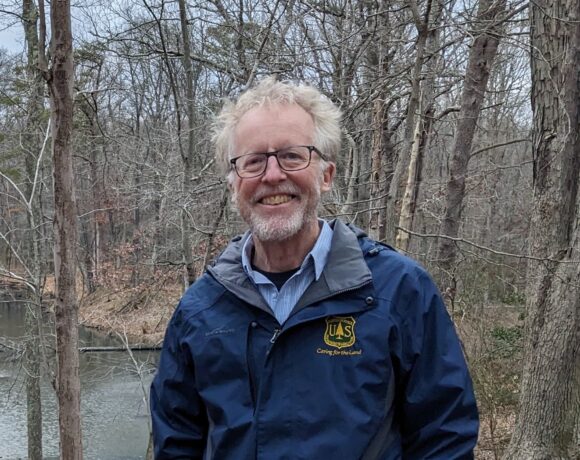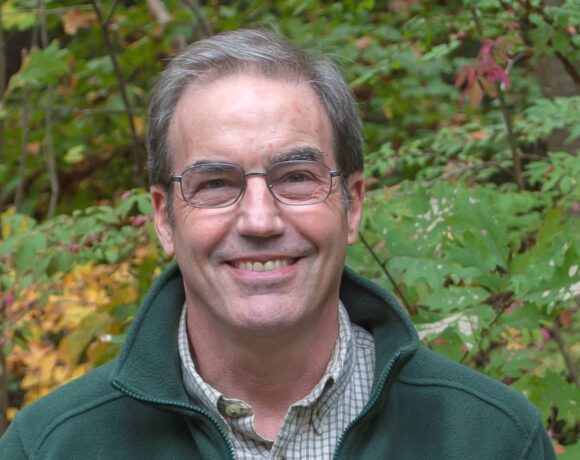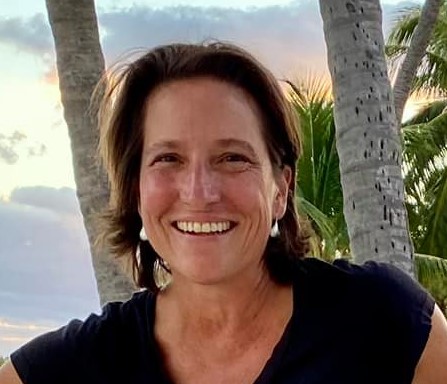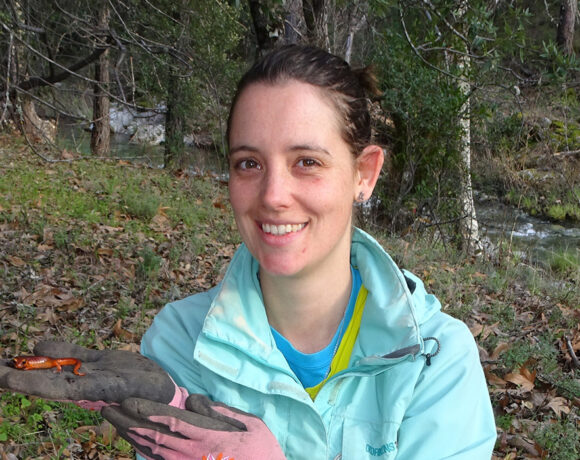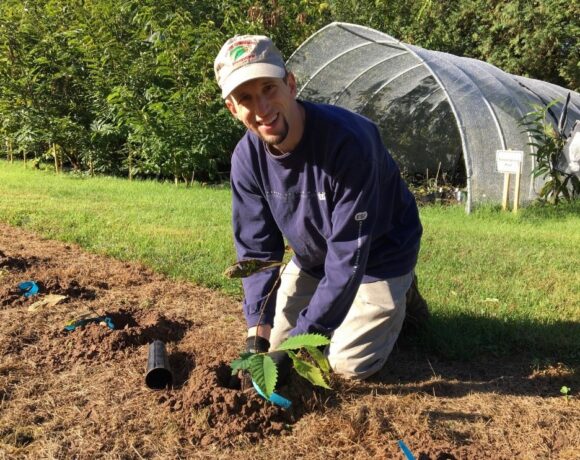Dr. Bianca Lopez’s current research is helping move us toward better understanding and planning for invasive species threats in a changing climate. NYISRI is pleased to feature her work in this month’s researcher spotlight:
 What kinds of research questions related to invasive species are you currently asking?
What kinds of research questions related to invasive species are you currently asking?
I’m currently working on a project looking at the combined effects of invasive species and global environmental change (i.e. warming temperatures, drought, nitrogen deposition) on ecosystems, asking whether environmental change will make the effects of invasive species worse. I’m also interested in which plant species become invasive, and whether we can use information on plant traits (i.e. growth rates, environmental tolerances) or evolutionary relationships (i.e. plant family or genus) to help make predictions.
What are the basic methods you are using to answer your research questions?
To look at impacts of invasive species and environmental change, I’m doing a meta-analysis combining the results from almost 100 ecology experiments. This allows me to look for general patterns across different habitat types and invasive species. To try to understand which species become invasive, we’re pulling together a ton of data from across the U.S. on which plant species have been introduced to the states and where those species are found now. Then we can compare the traits and evolutionary histories of introduced plants in those areas that have spread and become invasive.
Do you have a personal story or path that led to your interest in this research?
A lot of my research has been focused on how urban development affects plant communities. Non-native species are a big part of the plant diversity in urban and suburban areas because of ornamental plantings. In my research, it became clear that these species affect the ecosystem and, in some cases, respond differently from native species to novel urban environments. That got me interested in studying the impacts of invasive species.
How does your research relate to the wider field of invasive species prevention/management?
I’m lucky to be part of the Northeast RISCC (Regional Invasive Species and Climate Change) management network, and the major research questions I’m currently pursuing are ones that are not just interesting to me but have also been raised by invasive species managers in the network. One of my hopes for studying the combined effects of invasive species and environmental change is to be able to provide predictions for whether invasive species impacts in general will get worse with ongoing environmental change, and where (location) and what (species) managers can target to get the biggest bang for their buck. Being able to predict which non-native species are likely to become invasive is kind of a holy grail of invasion biology that we hope to help reach, because it could inform policies regulating plant imports to prevent the spread of the most likely invaders.
What’s the most important thing about your research for stakeholders, managers, or policy makers to know?
I think it’s worth knowing that invasive species and climate change together are going to (broadly speaking) create worse impacts for ecosystems than either one alone. We need strong policies to mitigate climate change and prevent new invaders from being introduced, since it’s much harder to control them once they’ve spread.
What do you hope the long-term impact of your work will be?
I hope my research will encourage policy changes that will reduce new introductions. I also would like my research to help managers prioritize which species and habitats to focus their efforts on, since it’s impossible to work on everything.
Read more researcher spotlights:

